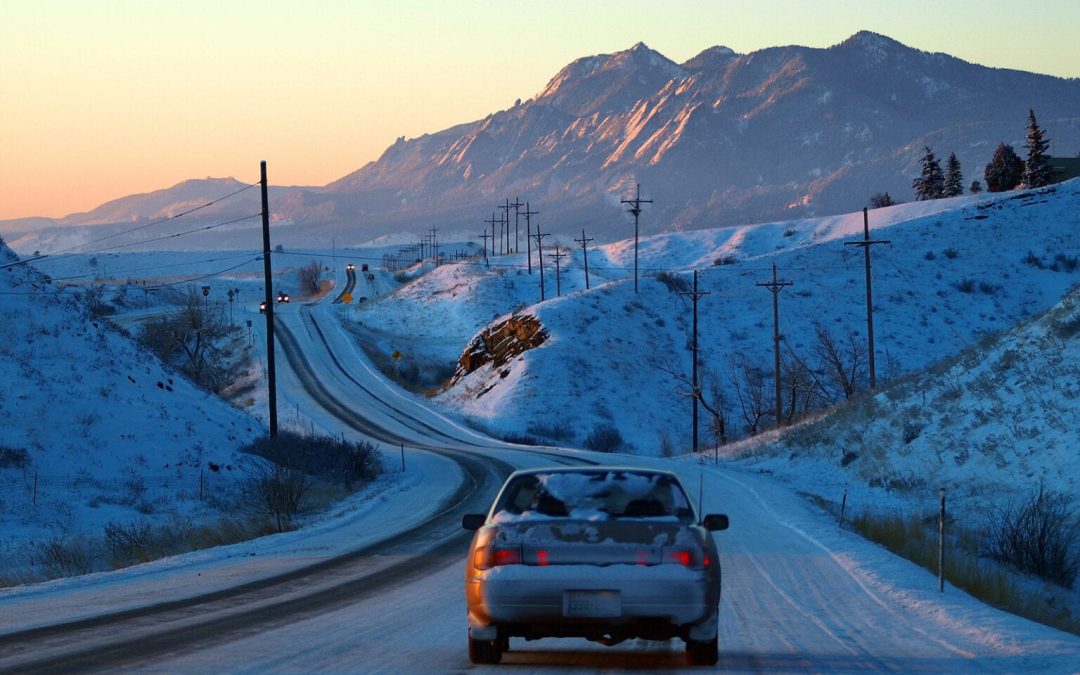Colorado Slip and Fall Cases: A Forensic Meteorologist’s Guide to Weather Analysis and Prevention
Expert insights on preventing winter slip and fall accidents in Colorado through advanced weather analysis and property management.
Contact – John Bryant
Key Takeaways
- Learn how Colorado’s unique weather patterns affect slip and fall risks
- Understand black ice formation and prevention strategies
- Discover legal requirements for property owners
- Get expert tips for weather-related accident prevention
Understanding Colorado Winter Slip and Fall Risks: A Meteorological Perspective
As a forensic meteorologist specializing in premises liability cases across Colorado, I’ve witnessed firsthand how the state’s distinctive weather patterns contribute to slip and fall incidents. Property owners, insurance adjusters, and legal teams must understand these weather-related risks to ensure adequate safety measures and compliance with local regulations.
How Does Colorado Weather Create Slip and Fall Hazards?
Colorado’s diverse geography and elevation changes create unique challenges for property safety. The state’s notorious freeze-thaw cycles—where snow melts during daylight hours and refreezes after sunset—pose particular risks for property managers and visitors alike.
https://www.usgs.gov/centers/colorado-water-science-center
Critical Weather Factors in Colorado Slip and Fall Cases:
1. Temperature Fluctuations
- Detailed guide on black ice and its dangers
- Enhanced black ice formation risk during temperature swings
- Microclimatic effects in urban areas
2. Snow Accumulation Patterns
- NOAA’s Colorado Snow Report for real-time snow accumulation data
- Wind-driven snow drifts create hazardous conditions
- Uneven melting patterns in partially shaded areas
3. Black Ice Formation
- Learn more about ground temperature impacts
- Relationship between precipitation timing and ice formation
- High-risk areas near buildings and landscaping features
Legal Requirements for Colorado Property Owners
Under the Colorado Premises Liability Act, property owners must maintain safe conditions during winter weather. Understanding these obligations is crucial for risk management and liability prevention.
Required Safety Measures:
- Timely snow and ice removal following precipitation
- Regular monitoring of ground conditions
- Implementation of ice prevention strategies
- Documentation of all weather-related maintenance
Expert Weather Analysis in Slip and Fall Cases
Forensic meteorology plays a crucial role in determining liability by providing:
- Detailed weather condition reconstruction examples
- Analysis of precipitation timing and intensity
- Ground temperature monitoring data
- Historical weather pattern comparison
Preventive Measures for Property Managers
Essential Winter Safety Protocols:
- Monitor weather forecasts for hazardous conditions
(Colorado-specific weather forecasts by the National Weather Service) - Implement comprehensive snow removal plans
- Install surface temperature monitoring systems
- Document all maintenance activities
(Use tools like HubSpot or Zoho CRM) - Partner with professional snow removal services
(Find snow removal experts near you)
Frequently Asked Questions
Q: How quickly must property owners remove snow in Colorado?
A: While specific timeframes vary by municipality, property owners must clear snow and ice within a “reasonable” time after precipitation ends. Refer to Denver’s snow removal guidelines.
Q: What causes black ice formation in Colorado?
A: Black ice typically forms when surface temperatures drop below freezing while moisture is present, often during evening hours after partial melting occurs. For additional insights, check Colorado State University’s winter weather safety resources.
Q: How can property owners prevent slip and fall accidents?
A: Property owners should implement regular monitoring, maintain detailed weather records, and follow professional snow removal protocols. OSHA’s guide on winter safety is an excellent resource.
Don’t hesitate to reach out for expert consultation on weather-related slip and fall cases in Colorado.

